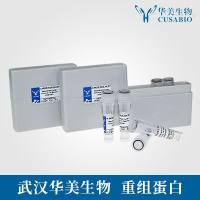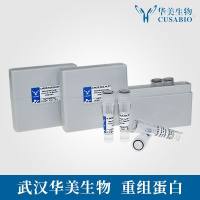Transmission Electron Microscopy and Immunogold Staining of Mollicute Surface Antigens
互联网
互联网
相关产品推荐

Recombinant-Cellvibrio-japonicus-Electron-transport-complex-protein-RnfErnfEElectron transport complex protein RnfE
¥10892

LRP1-mediated Endocytosis and Transmission of Tau Antibody Sampler Kit
¥500

TACSTD2/TACSTD2蛋白Recombinant Human Tumor-associated calcium signal transducer 2 (TACSTD2)重组蛋白Cell surface glycoprotein Trop-2 (Membrane component chromosome 1 surface marker 1) (Pancreatic carcinoma marker protein GA733-1)蛋白
¥1368

Crystal violet staining solution (0.5%)(S0287)-100ml/500ml
¥80

Recombinant-Surface-presentation-of-antigens-protein-SpaQspaQSurface presentation of antigens protein SpaQ Alternative name(s): Protein spa9
¥9548

